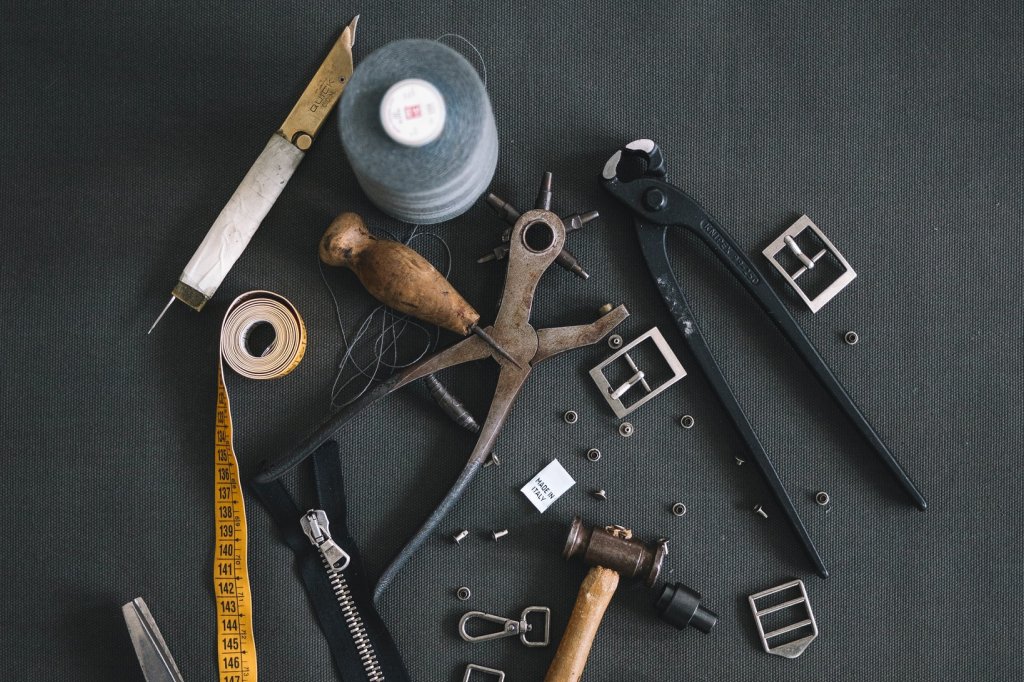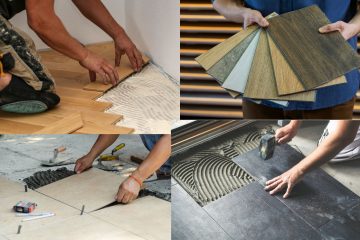
The Ultimate Guide to Renovating Your Home in Malaysia: From Planning to Completion
Renovating a home can be both an exciting and daunting process. Whether you’re updating an old house, expanding a space, or transforming a property into your dream home, proper planning is essential to achieving a successful renovation in Malaysia. From understanding local regulations to selecting the right contractors, this guide will walk you through the entire home renovation process, helping you avoid common pitfalls and ensure that your renovation runs smoothly.
Step 1: Pre-Renovation Planning
Setting a Realistic Budget
One of the most critical elements of home renovation is creating and sticking to a budget. Without proper budgeting, renovation costs can spiral out of control. To start, make a list of everything you want to renovate and get quotes from different suppliers and contractors. Consider adding a 10-15% contingency fund for unexpected expenses, such as hidden structural problems that might arise during construction.
Research Local Building Regulations and Permits
Before you start tearing down walls or laying down new floors, it’s important to check whether you need any permits for your renovation. In Malaysia, different states may have different requirements, but typically, renovations that involve structural changes or plumbing and electrical work will need approval from local authorities. Failing to obtain the necessary permits could result in fines or the need to undo certain changes.
Step 2: Hiring the Right Contractors
Choosing a Contractor
Finding a trustworthy contractor is crucial to the success of your renovation. You can start by asking for recommendations from friends or family or searching online platforms for reviews. Be sure to get at least three quotes from different contractors to compare pricing and services. Once you’ve narrowed down your choices, ask for their portfolio of past projects to ensure they have experience in the type of renovation you’re planning.
Interviewing Contractors
During the interview process, don’t just focus on price—ask detailed questions about timelines, materials, and the team that will be working on your renovation. You should also verify whether the contractor is licensed, insured, and registered with the relevant authorities. An experienced contractor will be able to guide you on potential issues and offer valuable advice.
Step 3: Choosing Materials
Selecting the Right Materials for Malaysia’s Climate
Malaysia’s tropical climate—characterized by high humidity, heavy rainfall, and intense heat—requires careful consideration when choosing materials for your renovation. Opt for materials that can withstand these conditions. For instance, ceramic tiles, bamboo, or engineered wood are all good choices for flooring, as they are durable and moisture-resistant. For walls, choose moisture-resistant paints and finishes to prevent peeling and mold growth.
Energy Efficiency
In the context of rising electricity costs, many homeowners in Malaysia are opting for energy-efficient solutions. Consider installing double-glazed windows, which offer better insulation and reduce heat transfer. You might also want to invest in energy-efficient LED lighting and smart thermostats to help lower your utility bills.
Step 4: Managing the Renovation Timeline
Setting Realistic Timeframes
Renovations rarely go according to plan, so it’s important to have realistic expectations about how long your project will take. Make sure to work with your contractor to set clear milestones for each phase of the renovation. Keep in mind that unexpected delays—whether due to bad weather or delays in material delivery—are common. A good contractor should keep you updated on any changes to the schedule.
Dealing with Unexpected Issues
Even with the best planning, issues can arise during a renovation. Perhaps you uncover mold in the walls or structural damage that needs repair. This is where your contingency fund comes into play. Always be prepared for these types of situations and be flexible when adjustments need to be made.
Step 5: The Final Touches
Interior Design and Decoration
Once the major renovation work is completed, it’s time to focus on the finer details. The design should reflect your personality and lifestyle while complementing the overall theme of the house. Malaysia’s diverse culture offers a unique blend of influences, from traditional Malay designs to modern minimalist aesthetics. Depending on your taste, you can incorporate local materials like teak wood, rattan, and local textiles to add warmth and authenticity to your home.
Inspecting the Finished Project
Before you make the final payment to your contractor, conduct a thorough inspection of the completed work. Check that everything is done to your satisfaction, paying attention to details such as the quality of the finish, whether the agreed-upon materials were used, and if all the permits and approvals were met.
Conclusion
Renovating a home in Malaysia is a rewarding experience when done correctly. With careful planning, proper contractor selection, and the right materials, you can achieve the home of your dreams while staying within budget. Keep in mind that flexibility and communication are key throughout the entire process. Good luck with your renovation!









